Growth of Dental Tourism
The rise of dental tourism is emerging as a significant driver for the Zirconia-Based Dental Ceramic Market. Patients are increasingly traveling to countries known for affordable and high-quality dental care, where zirconia ceramics are often utilized in restorative procedures. This trend is fueled by the desire for cost-effective solutions without compromising on quality. Countries with established dental tourism sectors are witnessing a surge in patients seeking zirconia-based treatments, which are perceived as superior to traditional materials. As dental tourism continues to expand, the demand for zirconia ceramics is likely to increase, contributing to the overall growth of the market.
Rising Geriatric Population
The increasing geriatric population is significantly influencing the Zirconia-Based Dental Ceramic Market. As individuals age, they often require dental restorations due to wear and tear, making zirconia ceramics an attractive option due to their strength and longevity. The demographic shift towards an older population is expected to drive demand for dental services, particularly in restorative and prosthetic dentistry. Projections indicate that by 2030, the number of individuals aged 65 and older will reach over 1 billion, creating a substantial market for zirconia-based dental solutions. This demographic trend suggests a sustained growth trajectory for the industry, as dental practitioners seek reliable materials to meet the needs of older patients.
Increasing Awareness of Oral Health
The growing awareness of oral health and its impact on overall well-being is a key driver for the Zirconia-Based Dental Ceramic Market. Patients are becoming more informed about the benefits of high-quality dental materials, leading to a rise in demand for aesthetic and durable solutions. This trend is particularly evident in cosmetic dentistry, where zirconia ceramics are favored for their natural appearance and biocompatibility. As dental professionals emphasize the importance of using advanced materials, the market for zirconia-based products is likely to witness substantial growth. Reports indicate that the demand for aesthetic dental solutions has increased by approximately 15% in recent years, further propelling the market forward.
Regulatory Support for Advanced Dental Materials
Regulatory bodies are increasingly supporting the use of advanced dental materials, including zirconia-based ceramics, which is positively impacting the Zirconia-Based Dental Ceramic Market. Stricter regulations and guidelines are being established to ensure the safety and efficacy of dental products, encouraging manufacturers to innovate and improve their offerings. This regulatory environment fosters confidence among dental professionals and patients alike, leading to a higher adoption rate of zirconia ceramics in clinical practice. As more products receive regulatory approval, the market is expected to grow, with analysts predicting a steady increase in the adoption of zirconia-based solutions in dental applications.
Technological Innovations in Zirconia-Based Dental Ceramics
The Zirconia-Based Dental Ceramic Market is experiencing a surge in technological innovations that enhance the properties of dental ceramics. Recent advancements in manufacturing techniques, such as computer-aided design and computer-aided manufacturing (CAD/CAM), have improved the precision and quality of zirconia products. These innovations allow for the production of highly aesthetic and durable dental restorations, which are increasingly preferred by dental professionals. Furthermore, the introduction of new zirconia formulations, which offer improved translucency and strength, is likely to drive market growth. As a result, the market is projected to expand significantly, with estimates suggesting a compound annual growth rate (CAGR) of over 10% in the coming years.


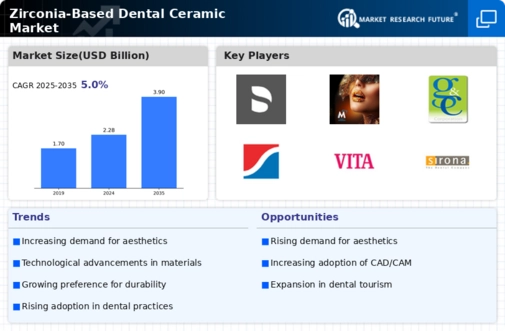
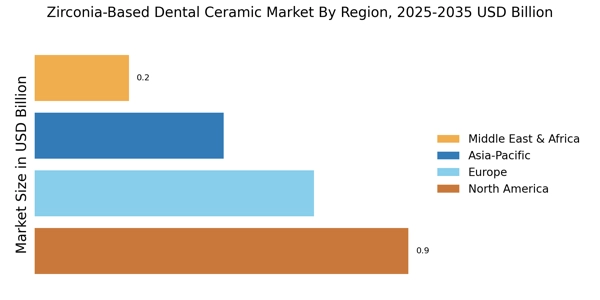

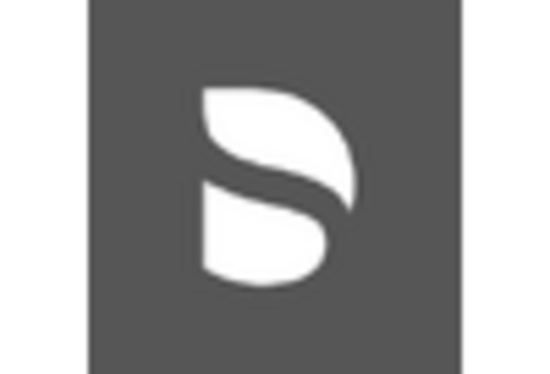

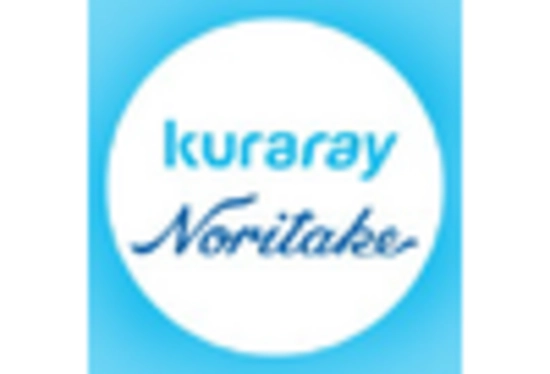
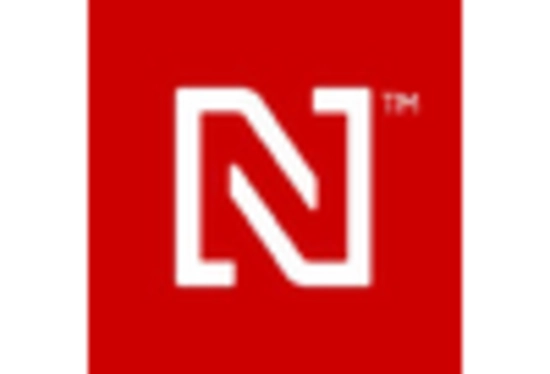
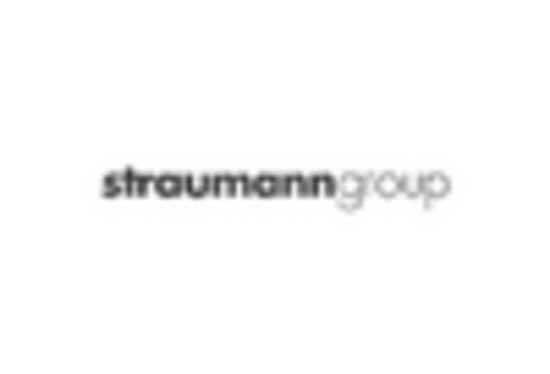








Leave a Comment